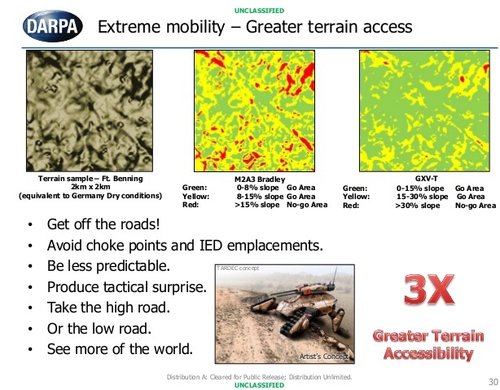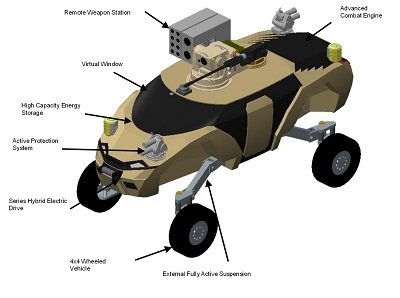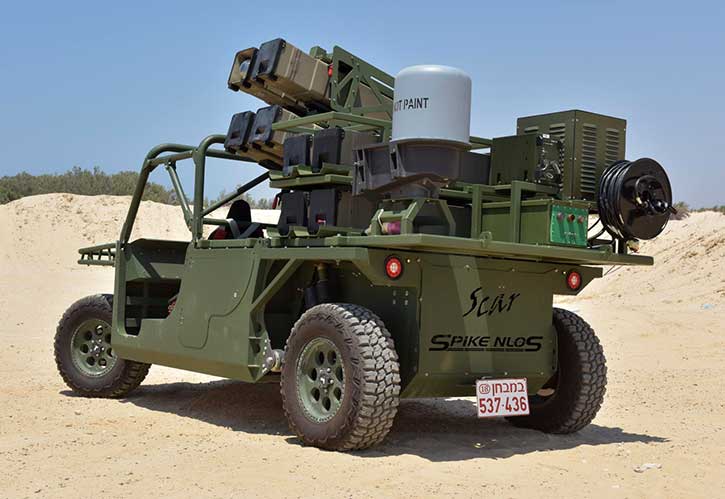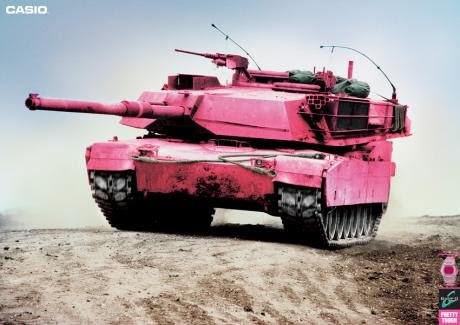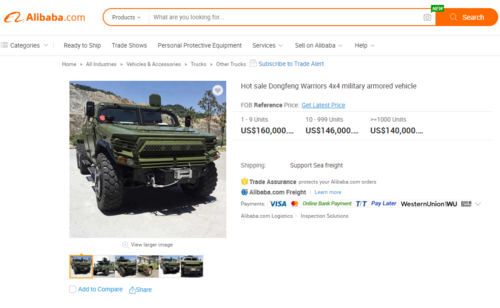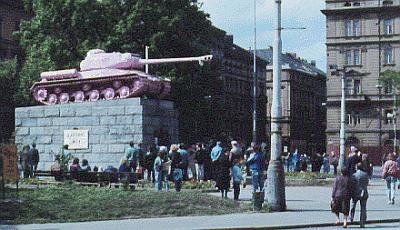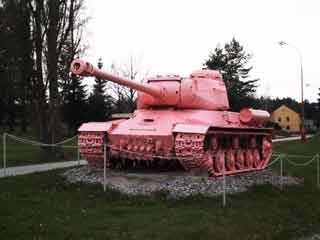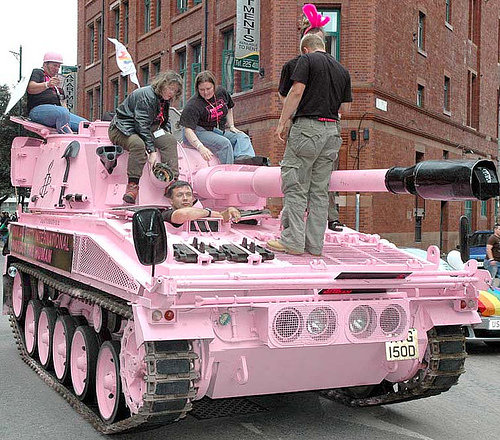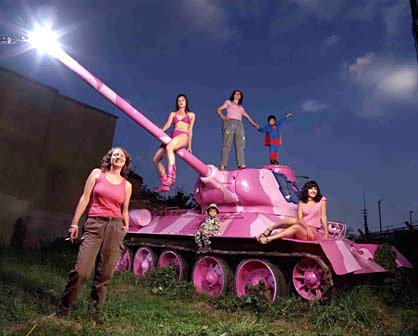ATGMs of the old were inferior at close ranges: with long firing cycle and long time to target.
NLOS ATGMs (and other modern long range precision or massed strike) has the potential to be revolutionary. The direct fire gun can not defeat or suppress such a launcher, while defeating sensors and battle network for such missiles is unreliable and likely highly uneconomic: some masted sensor, UAV, UGV, man with a radio, unattended ground sensor what not can call fires and defeat even the most powerful conventional MBT. There has been series of RAND studies of NLOS missile armed forces taking on traditional tank formations, and a formation a fraction of size in weight, manpower and cost can inflict heavy damage, even if avoiding being overrun is not always possible if they stand their ground. Howevever if the formation shoot and scoot with help of obstacles and the opponent lacks NLOS firepower, there is no upper bound in exchange ratios.
MBTs have of course evolved to have soft and hard kill against such threats, but it has always been an afterthought with questionable effectiveness against evolving threats. A top attack standoff EFP missile can defeat modern APS designs by out ranging its effects and require no new technology or even sophisticated integration (take a existing diving missile). One would need a real C-RAM capability to defeat such a missile, and the price of such a vehicle would be very high relative to modern MBTs. Now such a vehicle would be necessary for maneuver under strike complexes, but all indicators is that it wouldn't be able to defeat strike complexes at anywhere remotely near cost parity, as the threat types are just too varied for a single defense system, and would only be used offensively only after the indirect/air threat is heavily suppressed.
The alternative strategy to dealing with powerful indirect fire is to go low cost. Cheap UAV/UGV (or human, if not 1st world) can be too cheap to be worth a high quality missile and if they spot a powerful combatant they can all call in high quality fire support. The way to defeat such a strategy, outside of symmetrical formations, is to have a vehicle that can out spot such low value threats, defeat them with low cost weapons and escape reactionary fires. Aircraft with high speed is likely the favored means of doing so. Some kind of stealthy vehicle might also work, but its design concept would likely be very different from existing MBTs.
the driver needs to drive, gunner can look round, but once he engages, you have no-one monitoring the area - could argue the driver isnt doing much while the gunner is gunning, so it drops to him. But still seems like an over load, which the enemy is going to target, i.e. you fit movement detector SW to your camera system, the enemy make spring driven things that jump every 5 seconds. end result you have 100 video alarms every hour. Crew will go nuts after a couple of hours of that. Detune it, and enemy dronemine can drive up to you at 0.5 m/sec and kill your tracks.
The Gunner can go as modern gunnery no longer need eye ball mk.I looking through a 10x sight or something. With Computer + AI assistance the engagement cycle can be simple as click and shoot a object on the screen, which is much faster and result in far less loss in situation awareness.
The camera system also wouldn't be simple like a motion detector, but AI that ideally could be as effective as a human at identification. With some advancement in AI research, if the opponent can build convicting decoys that fool the computer, it would work against humans as well.
As for wargaming, the Israeli Carmel do have two man crews driving around training grounds to see if the idea works.
As for the optionally manned, is there really a need, are you really going to send your newest tank, at $50M into a presumably 'known' killzone? Surely you will either bomb the location, or send in either a small unmanned tank, or take your old tatty abrams and automate it, and send that in to draw out the enemy?
Small unmanned vehicles, like SWORD, W-Mutt, Titan, are all of course on the table. Automating an Abrams is unlikely however, much of its systems assume human operation and a clean sheet would be cheaper and more effective. The tank gets used instead of bombardment because the tank can be the fastest precision strike option as the gun is faster than missiles or artillery. It is also a luxury in wars where collateral damage is a real problem.
------------------------------------------------
All this talk of sophisticated AI, drones, sensors, etc. just increases the logistics and maintenance "tail." This "tail" is expensive and vulnerable. "Tails" are also politically vulnerable.
The basic MBT already have a hugely vulnerable tail: the unending stream of fuel trucks. The Abrams with its 5hr refuel cycle is especially bad. There is a reason why I find classical armored maneuver warfare very questionable today: even if you "penetrated" whatever defenses, your fuel supply train can still be interdicted by shoestring sensors with support from long range fires. You need a entire stream of SHORAD/C-RAM and engineering (air scattered mines, destruction of roads/bridges/etc) to the keep the maneuver going, and any detected vulnerability can be exploited at the speed of artillery shell flight.
Some light weight vehicle that relies on active defenses might be difficult to maintain, it at least allows far more to be sustained on limited number of fuel trucks. Without fuel, the MBTs are bunkers in a day.
With all the constrains on MBT mobility and supply constraints, one ought to think many MBTs as plain heavy tanks with all its classical flaws except tactical mobility, and trying to maneuver warfare with heavy tanks generally is not a successful idea, especially in a world where everyone is at least motorized.
As for all the "tank-haters" remember that he who fires first usually wins tank engagements. Complex sensors, command links back to remote AT weapons, etc. all take time. In some battles, you just need to "snap shoot" to eliminate an enemy threat. High velocity, flat tragectory guns are still the best "snap shooters." Anything more complex is worse than a waste of time.
Of all the threats on the battlefield, the enemy tank is one of the least likely threat to pop up in surprise and demand a snap shot, due to large size, big signature, high cost and comparative rarity. There is a lot more UAV/UGV/light vehicle/Infantry/etc. MBTs are just plain heavy tanks that specialized in tank dueling while becoming less cost effective in all other roles, while not having dramatic advantage in head to head vehicle combat. Superior tactics, superior technology, superior numbers and superior tactical position enables light vehicles to defeat MBTs just like how medium tanks managed to defeat heavies of the old.


